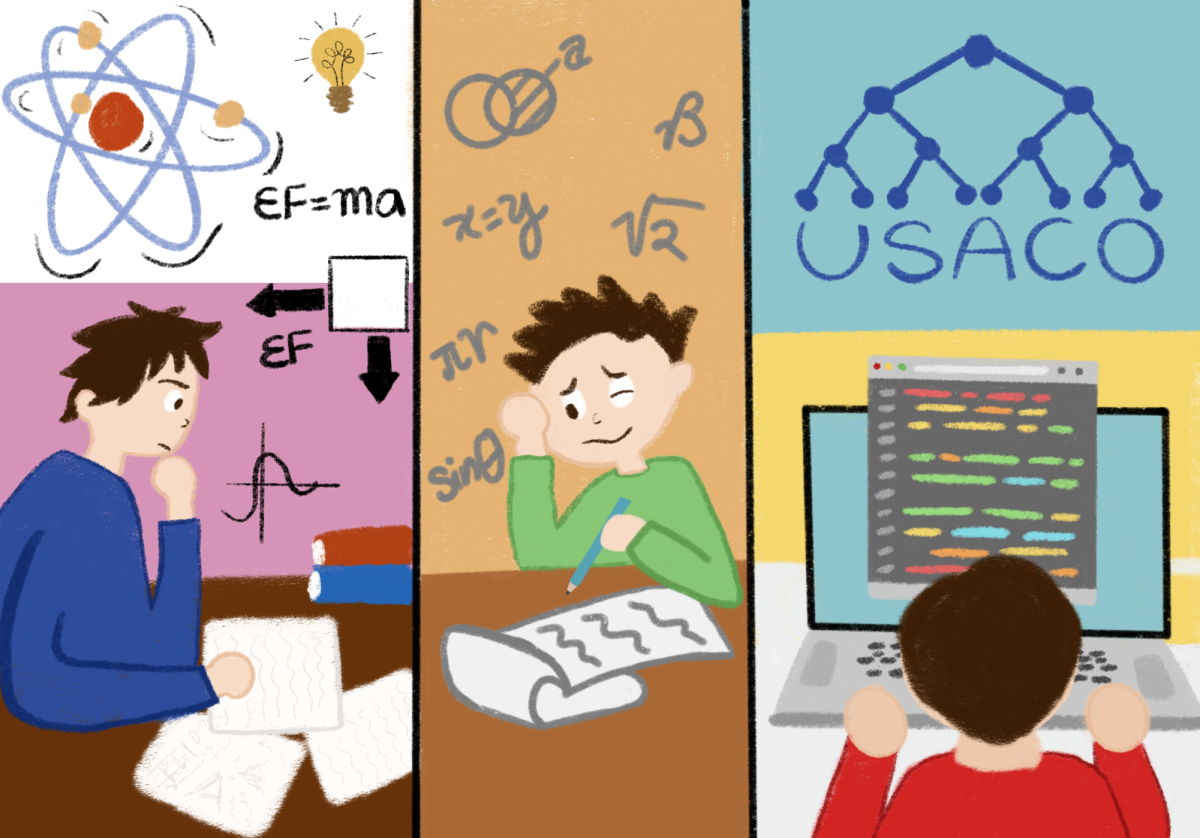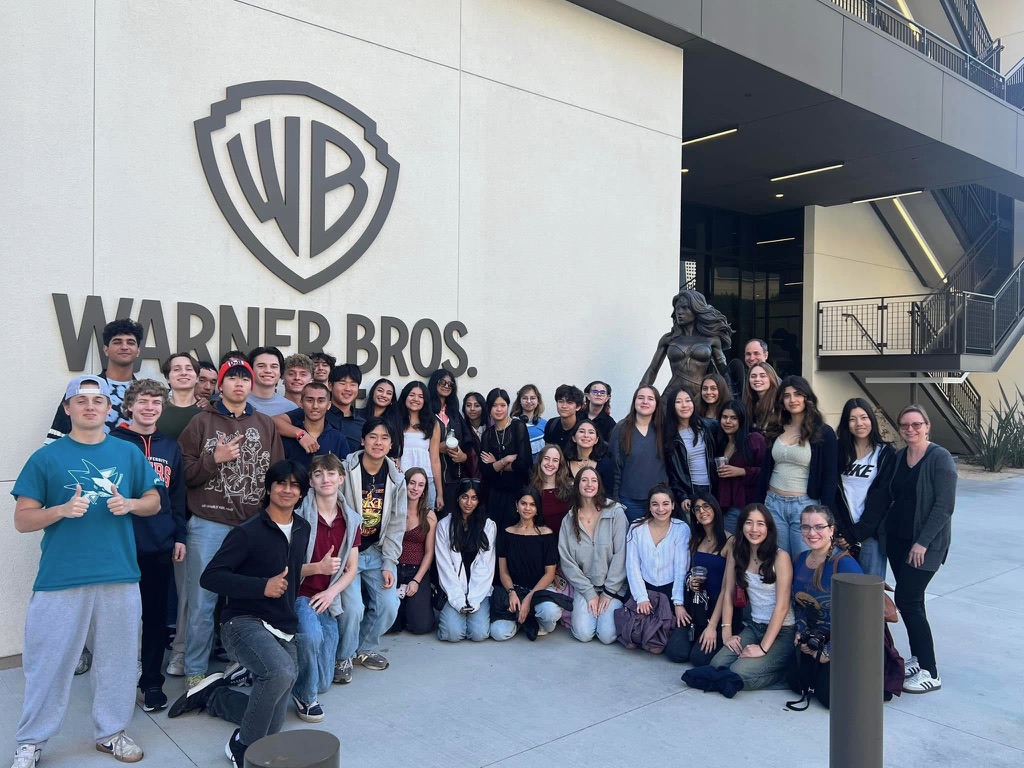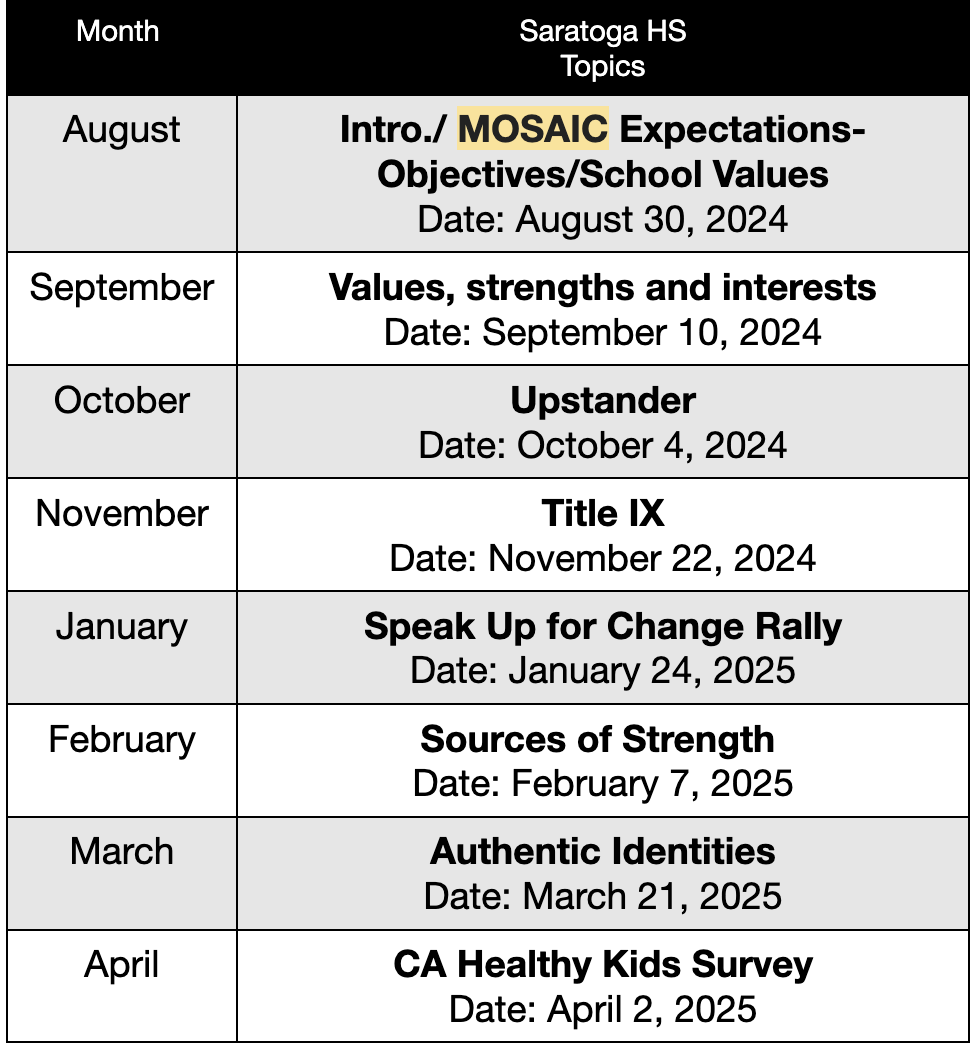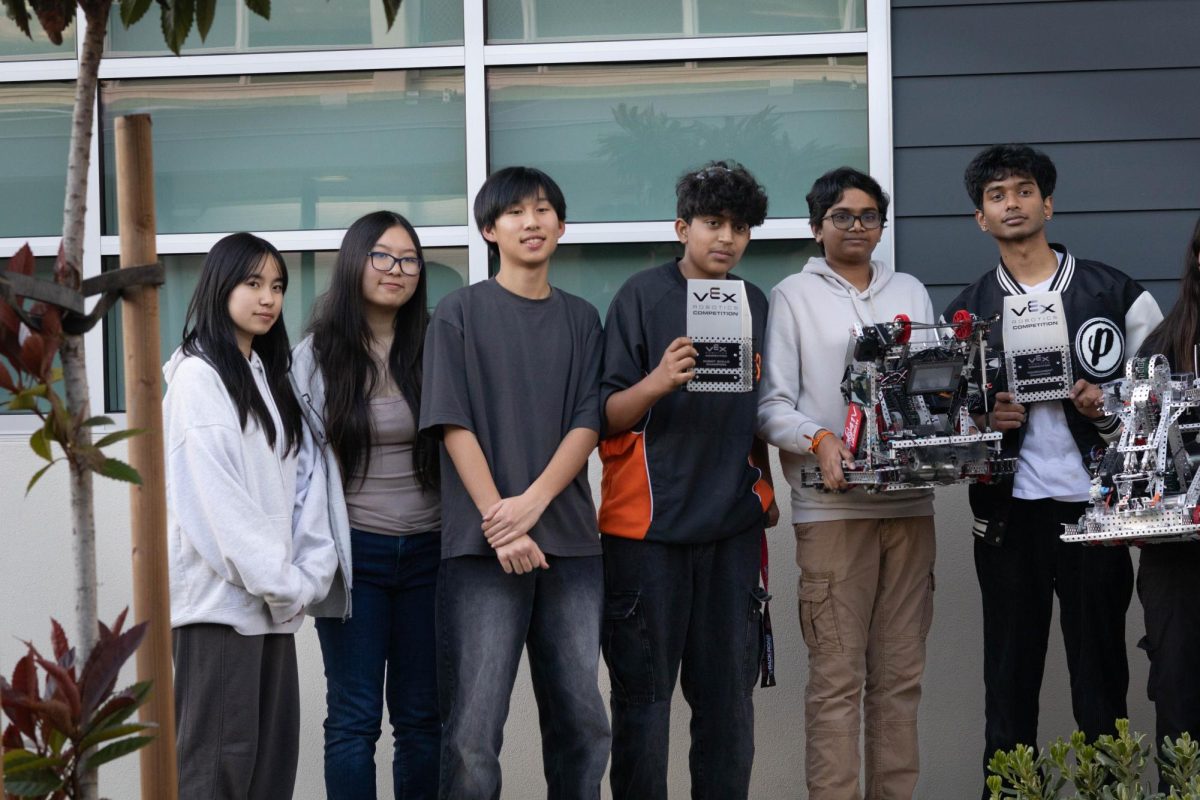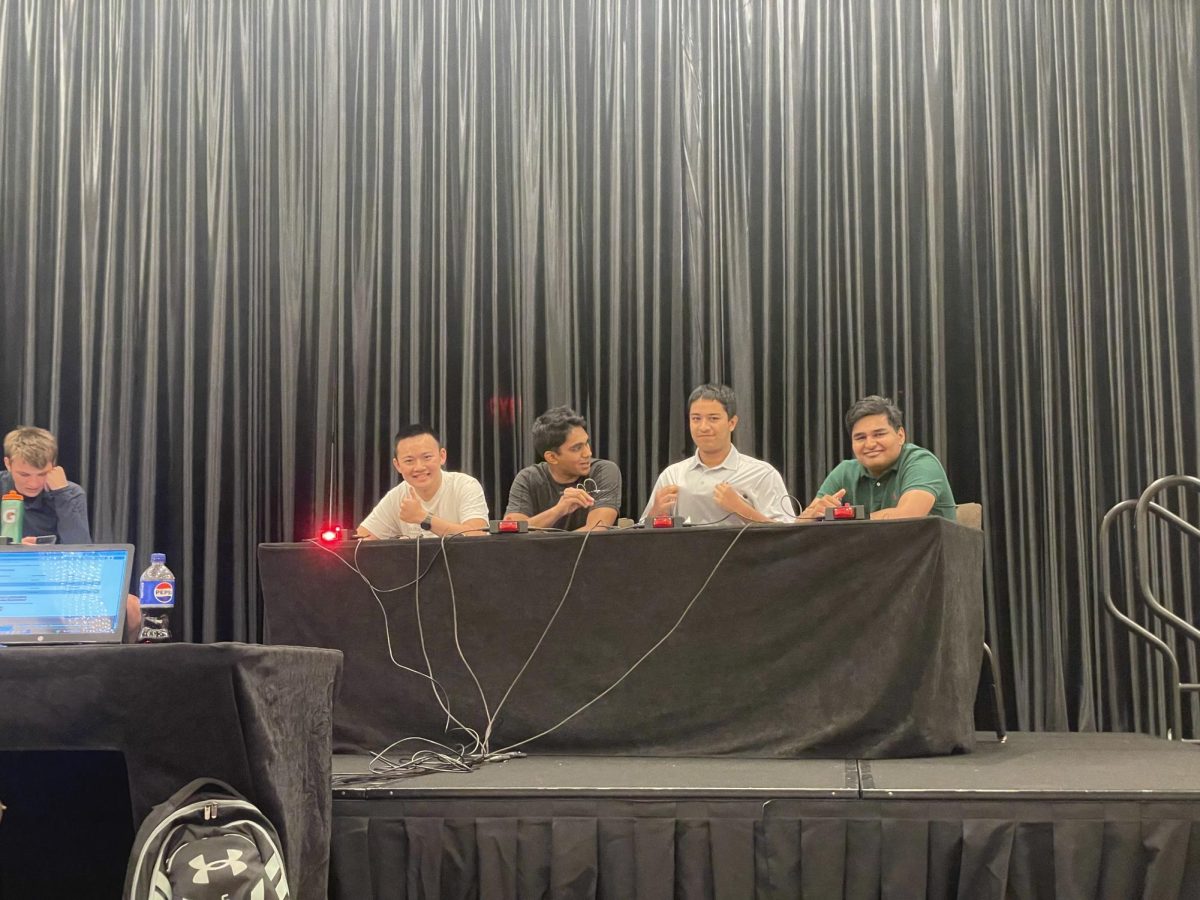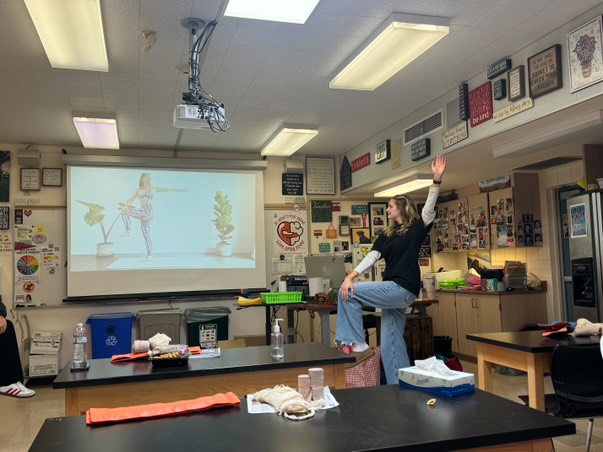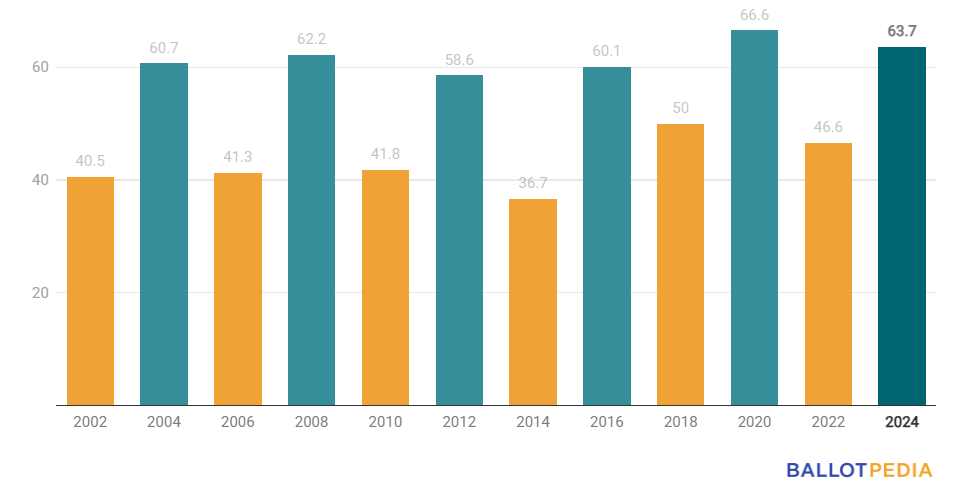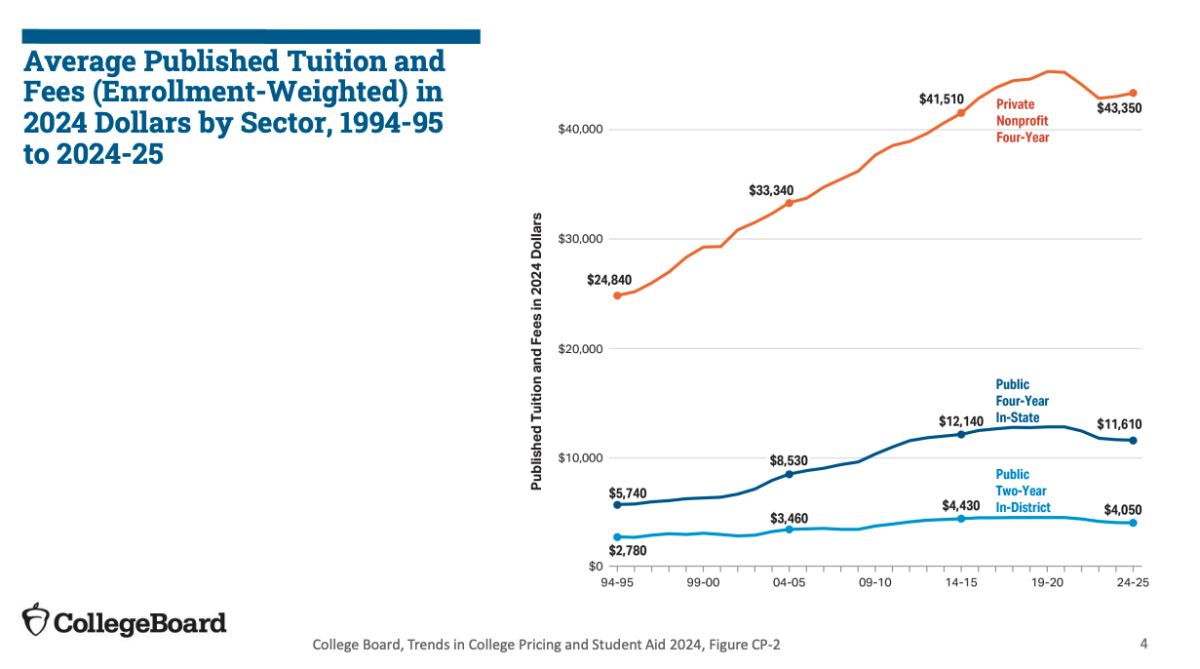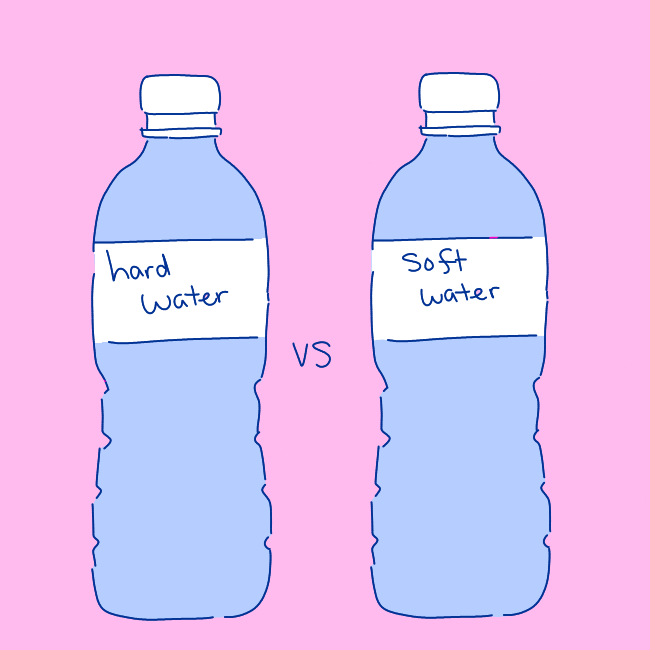Editor’s Note: The views expressed by Riya Jain are her own and do not necessarily represent the views of the National Aeronautics and Space Administration or the United States Government.
Artemis 2026, Chandrayaan-3, Comet Interceptor, DAVINCI and Dragonfly — these are just a few of the missions NASA has sent to space recently or is expecting to launch soon. The organization’s objectives involve a variety of tasks, ranging from exploring the atmosphere of Venus to landing missions safely on the moon’s south pole. Class of 21’ alumna Riya Jain, a junior at UC Berkeley and a Pathways intern at the NASA Johnson Space Center in Houston, spoke to The Falcon about these recent space initiatives.
What is the role that private industries play in funding space exploration and innovation efforts?
In the past fiscal year, NASA’s funding has been around $25.4 billion annually. On average its budget increases 3% each year.
NASA’s budget has been split between different ventures, with about 50% going to human spaceflight activities, 30% to robotic missions and scientific research and the remainder split between aeronautics, technology development programs, staff salaries, facilities management and other overhead.
Recently, more and more of these funds have gone to pay for partnerships with the private sector. SpaceX, Blue Origin and Northrop Grumman are just a few of the companies that have secured billion-dollar contracts with NASA.
Said Jain: “NASA has always worked with private contractors to fulfill a lot of our engineering needs. Private companies are essential to the success of NASA’s missions because government funding is incredibly limited. If private companies like SpaceX can continue to help engineer and fund frequent trips to the International Space Station (ISS), then NASA can focus its funding on human spaceflight operations and all of the research required to get to Mars.”
With all these increases in funding, along with reopened missions to the moon, the Week magazine has dubbed this “the golden age of space exploration.” Due to an increase in advancing technology and competition between companies in the private sector, it seems as if a second space race is under way.
With the advancement in the usage of robots, space exploration endeavors have become much more viable. Instead of sending humans to the moon and beyond, the U.S. is looking to send more and more robots to the moon. Doing so means no human life is risked and efficiency increases. Currently, there are three active rovers on Mars — Curiosity, Perseverance and Zhurong. There are also three rovers on the moon, with a fourth scheduled to land in 2026.
Additionally, NASA is in the process of reopening its missions to the moon with Artemis II, targeted to launch in April 2026 as the first crewed mission to the moon since Apollo 17 in December 1972. Artemis III is planned to land the first astronauts near the lunar South Pole in September 2026, and Artemis IV, set as the first mission to the Gateway lunar space station, remains on track for 2028.
Observers have many reasons to be excited about space exploration. The nation went to the Moon in the 1960s as pioneers. Now the goal is to venture further into space and live there for longer periods. This is the purpose of NASA’s Artemis missions.
To support these missions to the moon, NASA is also allocating over $1 billion to revamp their spacesuits, which haven’t changed since 2007. These new spacesuits are being developed by Axiom Space and will be designed to be more flexible, comfortable and adaptable than previous suits.
What are we looking at in terms of the future of space exploration?
Now, these moon missions are looking farther ahead than ever before, with the discussion of moving humans to live on the moon and even Mars as one of the possible overarching goals. Recently, there has been buzz surrounding a new discovery of “spiders” on Mars. These are mysterious, spider-like geological structures on the surface of Mars, with cracks in the crust that resemble spider legs.
Scientists have a strong suspicion that these “spiders” are linked to possibilities of carbon ice. When the temperature drops, much of Mars’s CO2 freezes, coating the surface with frost. As it melts, the ice turns from solid to gas, giving rise to atmospheric conditions that are found nowhere else. This discovery helps scientists better understand Mars’s climate cycles, opening up potential missions for the future.
Also, many innovations that have been developed for space exploration have also been making our everyday lives on Earth much better. Among them are the infrared sensing technology NASA originally developed for sensing planet temperatures. It has been repurposed to help non-contact thermometers, resulting in cleaner and more efficient health care.
There have also been exciting developments with potential contact with extraterrestrial life. Humans have intentionally sent several strong signals into space with the intention of having them detected by extraterrestrial civilizations. These efforts have many names, some being: METI (Messaging to Extraterrestrial Intelligence) or CETI (Communication with Extraterrestrial Intelligence). If this effort pans out, all those Area 51 stories might not seem so far fetched after all!
What are some concerns regarding the fast progression of space exploration?
Although the increase in exploration is exciting, there are still significant obstacles. One example is how NASA recently stranded two astronauts on the ISS after their spaceship, the Starliner, suffered helium leaks and thruster malfunctions. Barry “Butch” Wilmore, 61, and Sunita “Suni” Williams, 58, took off on June 5 for what was supposed to be an 8-day trip to the International Space Station (ISS). Little did they know, they would still be in space nine months later (they returned on March 18). Despite this, Williams describes space as her “happy place.”
“I love being up here in space,” she said in a broadcast with NDTV world. Although they had hoped to complete their mission on the Starliner, Williams added that “you have to turn the page and look at the next opportunity.”
During their extended stay, they both voted in the presidential election from space. Although both astronauts are happy to extend their mission, this calls into question whether NASA is even prepared for all its big ambitions of humans on the moon and Mars.
“When Boeing’s Starliner launched with two astronauts in it, the flight was intended as a Crewed Flight Test (CFT),” Jain said. “Ultimately, once the astronauts got to the ISS, flight controllers on the ground decided it was safer to have the crew remain in space until a SpaceX Dragon capsule could bring them home rather than risk the flight home in the Starliner.”
Incidents like this are the reason that NASA does extensive spacecraft testing. On average, each NASA spacecraft sent to space is tested 1,000 different ways, all at various stages of development, and the failure rate for launching any human-carried vehicle is only 2%.
Another harmful aspect of space exploration is that the new space race is causing a slew of pollution issues on Earth. Rocket exhaust heats the atmosphere up to 500 times more efficiently than airplane soot, causing ozone holes in the atmosphere. The more satellites we send to space, the more “space junk” there is. These crowded conditions increase the rate of potential collisions in future missions.
Jain said her experience as a Pathways intern at the NASA Johnson Space Center helped her understand how humanity should approach exploration around space in the future.
“Ultimately, the reasons for space exploration are to better understand how our Earth came to be, how we can improve our quality of life, and what the future of our planet looks like,” Jain said. “Each mission inspires technological innovation even here on Earth, which just makes it so much more exciting.”

